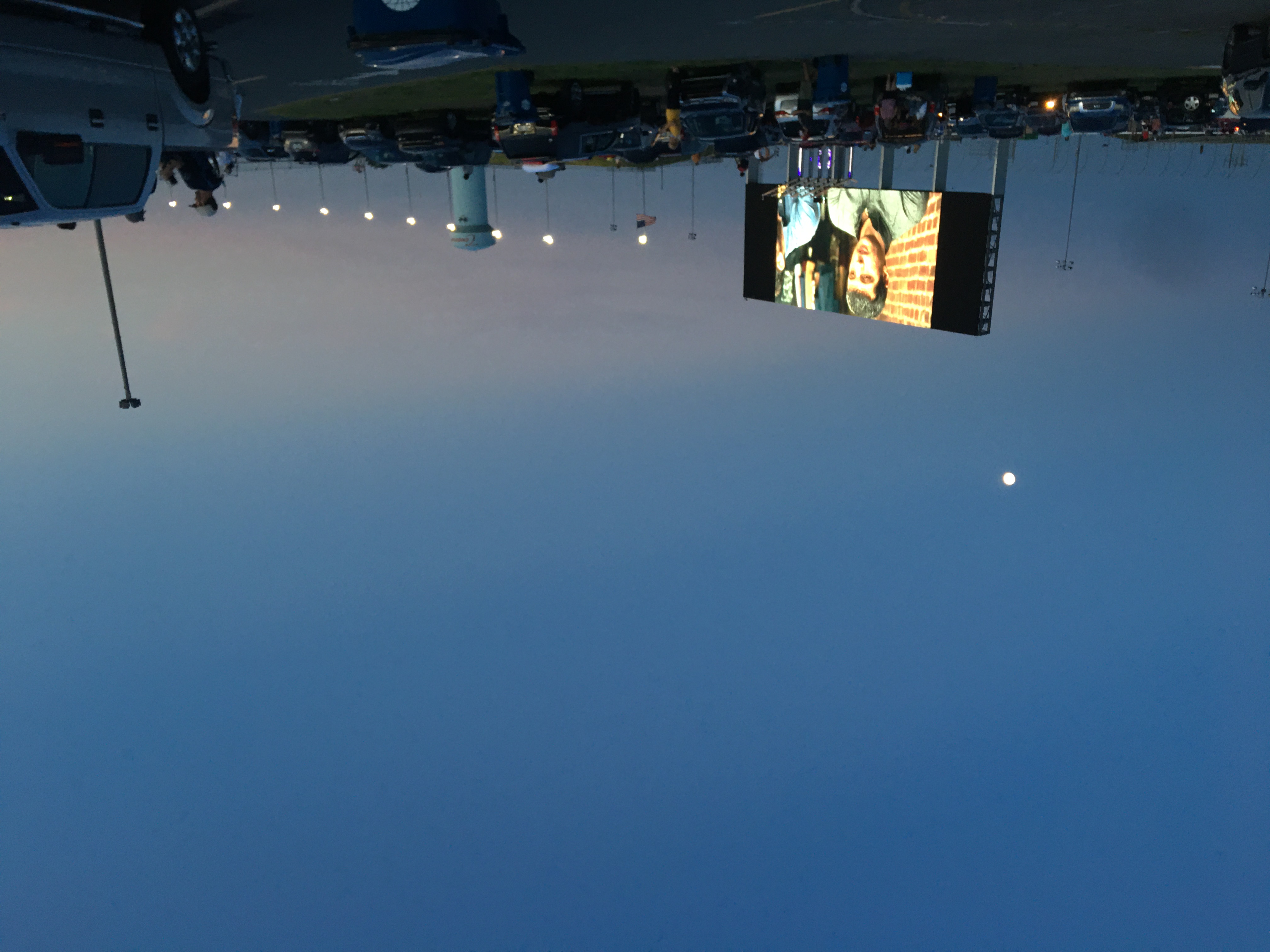
Who would have thought watching a concert on top of a minivan in a speedway infield would be so cathartic?
I didn’t see a professional concert—as in a big, touring band—until I was in high school. We saw Billy Joel in Greenville, South Carolina. Kelly and I, who were high school sweethearts at that point, made the hour-and-a-half trip to city neither of us had ever been to. We had lucked into seats in the fourteenth row (still the best seats at a show I’ve ever gotten), so close Billy Joel could spit on us if he wanted to. It was amazing.
My kids, on the other hand, got to experience their first big concert in the midst of a pandemic that has cancelled almost every major touring schedule nationwide.
Nothing about a concert, either indoors or out, seems like a wise thing to do as we grapple with a virus that’s best spread through close contact. But when the Avett Brothers, as local of a big-time band as we probably have, decided they needed to play in front of actual, live people, they figured out a creative way to do it.
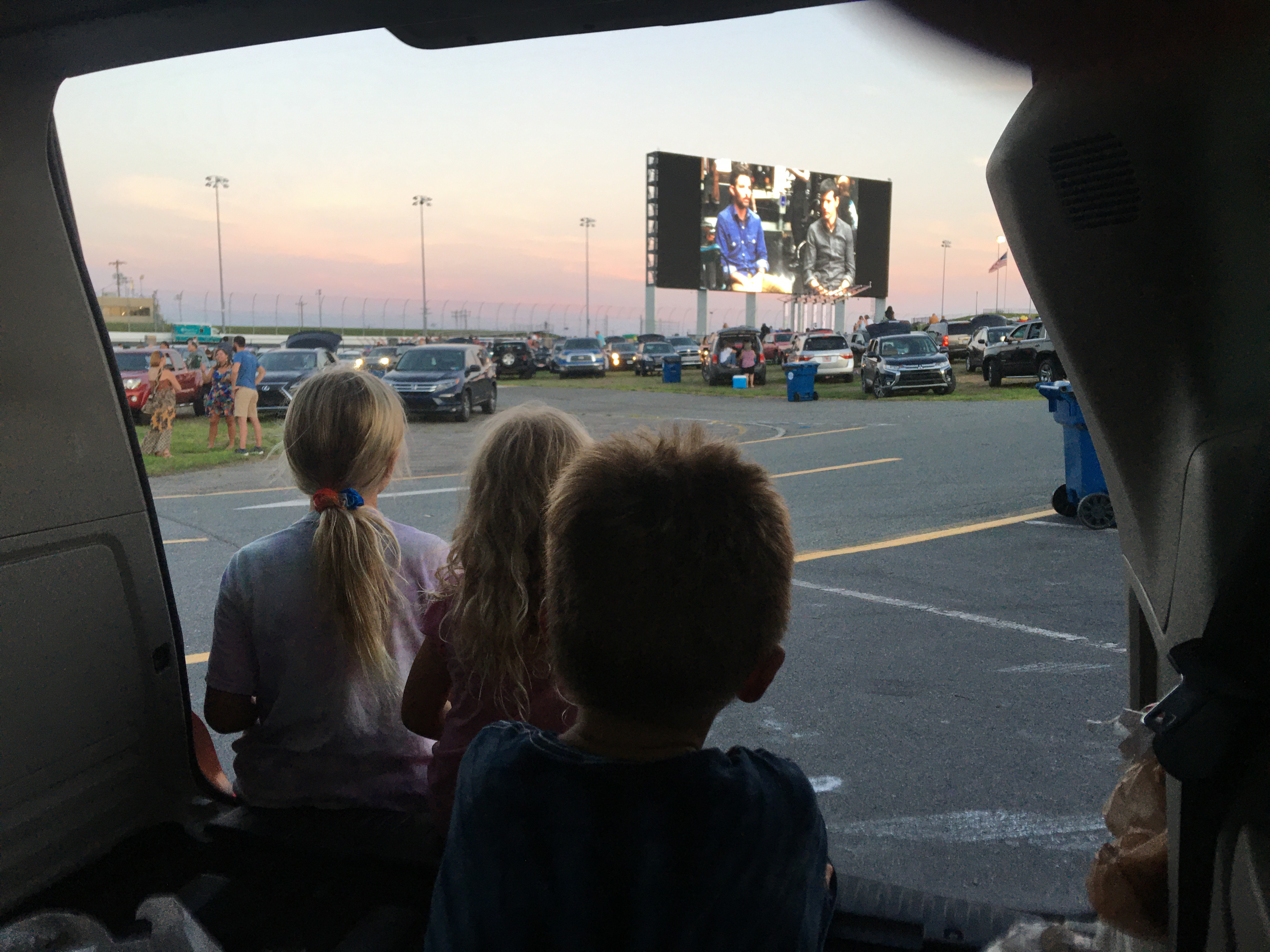
They booked Charlotte Motor Speedway, laying out a massive grid in the infield, where we all parked with our cars angled toward what was until recently the largest digital television in the world, planted in the backstretch. A comparatively small stage was set up on the track itself, where the Avetts would play.
Fans were ordered to stay in or on their cars. There were no massive PA speakers—instead, the show was broadcast over FM radio, and we all listened on our car stereos, everyone’s windows down. If you needed to run to the portable bathrooms, masks were required.
For the most part, it worked. Most people abided the mask-wearing policy, and most adhered to the Avetts’ pleas to stay in or on their cars. A few had set up tailgate affairs that were a bit over the top—one had a folding table replete with charcuterie and several wine selections—but for the most part people brought their pickups or SUVs, sitting in truck beds or on top of the roof racks.
We made do with Kel’s minivan, the rear seats folded down, the hatch open. The kids and Kel ended up on top, where there was more than enough room and a clear view of the stage. We arrived early, setting up supper in the car, then occupying time with a short tour of the infield. The last time I’d been here was with Dad, four years ago, when we raced cars.
The kids and I walked around, stopping to look at the new infield road course (which makes up the Roval), the paddock and garages, and pit road. I snapped a photo of the kids with the Charlotte start/finish line and grandstands in the background. We walked around to Victory Lane, where a handsome, blue Ford Galaxie was parked. Suddenly it occurred to me that the half-dozen people standing around the Ford were the Avett Brothers themselves (and band).
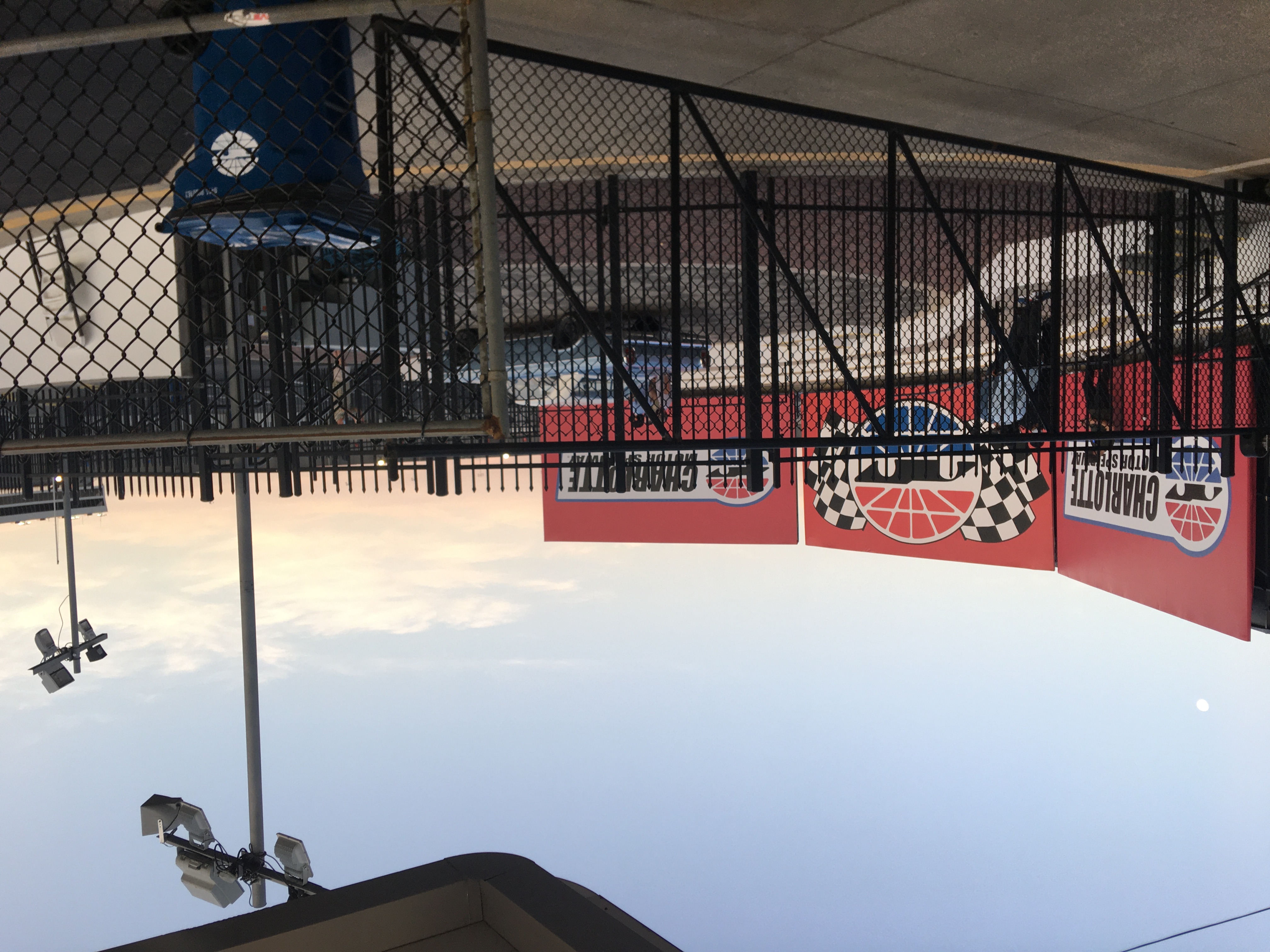
I tried to play it cool, not sure if we had inadvertently wandered into an area we probably weren’t supposed to be in. I quietly let the kids know exactly who was on the other side of the fence. Their eyes got wide. Julia seemed very impressed by this. After a few minutes, they turned to walk back into the lounge area. Thomas waved at them. Scott Avett waved back.
Later, the Galaxie would play a role in the Avetts’ stage entrance. With a drone chasing them around a brightly lit speedway, the Avetts drove the Ford off pit road and across the starting line, picking up a full head of steam through turns 1 and 2, roaring down the back straightaway toward the stage, where they picked up their instruments and started in earnest.
It was, of course, unlike anything we’d experienced. The sound was much better than I expected—folks had their sound systems turned wide open, and aside from a bit of an echo as radios played from all over the infield, it was rich and full. The video display was near cinematic. The shots were beautifully composed and balanced, and they spared no expense on camera angles. (The show was also offered as a pay-per-view livestream.)
The drone stayed in the air, sending back dramatic footage of the facility. The scale of the entire production, framed by the enormity of the speedway, betrayed what otherwise was an intimate affair. There we all were, 1,500 cars piled around the infield, no more than six people per vehicle, and honestly it was comparatively one of the quieter concerts I’ve ever been to. In the back hatch of the minivan, it felt cozy and snug, the Avetts on the television, the radio only as loud as I wanted it to be, a cold drink in my hand, not a care in the world. But we were all in this canyon of a race track, and thousands more were watching over the livestream.

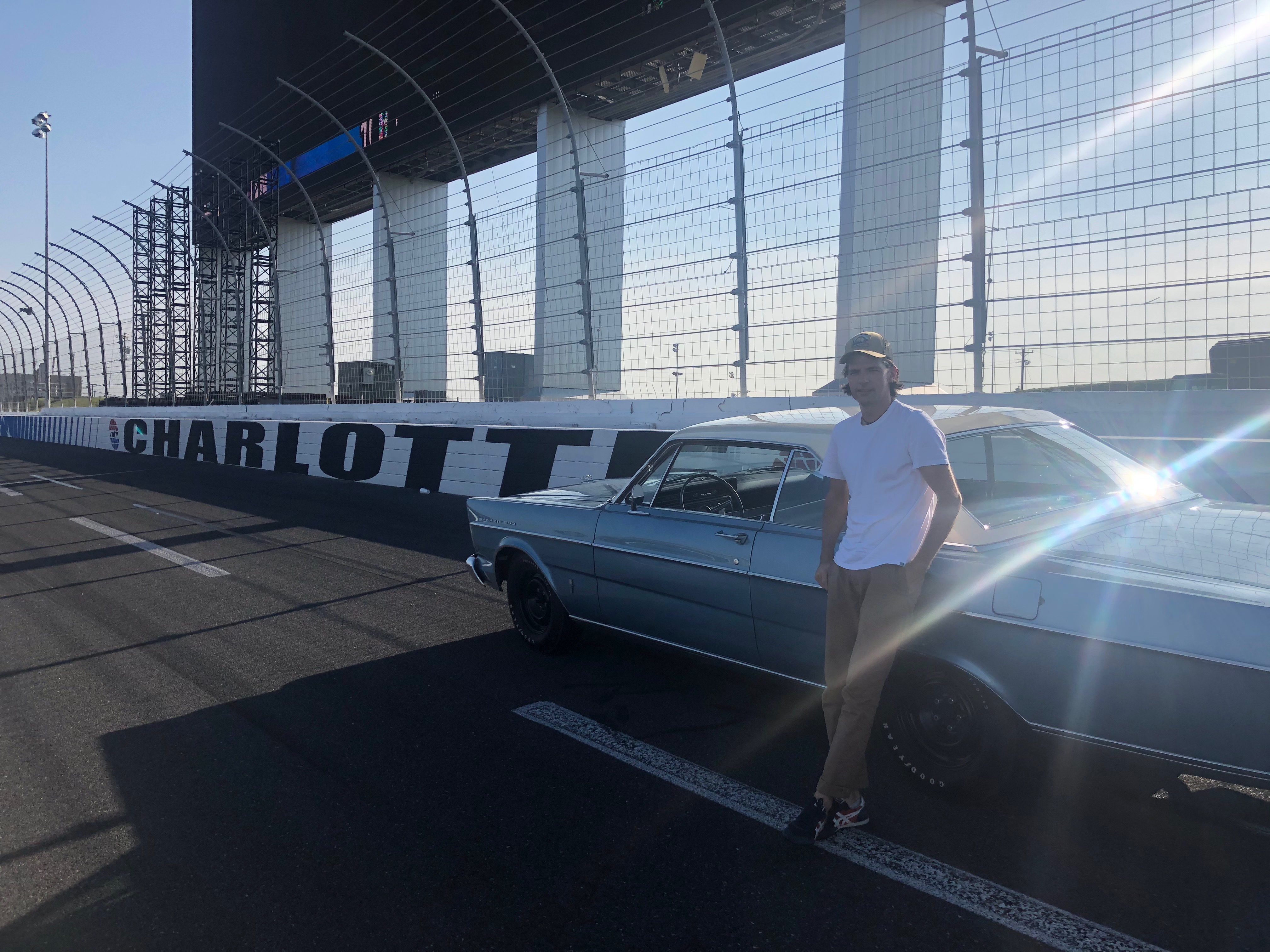
But when the Avetts played, suddenly all was well and good. It was a decidedly dialed back show—no percussion, none of the extra players filling out arrangements. Just the core quartet. Something there is about live music, about the theater of it, about the congregational response, people dancing to their radios, their faces lit by the football-field-sized screen.
It was a late night. Annie grew tired, struggling to fall asleep in a late August warm night. Thomas and Julia stretched out on either side of Kel on top of the van. I attended to them all, ferrying snacks and drinks up and down, walking kids to the bathroom, toting Annie around to see if she’d fall asleep.
On the way home, we agreed this will probably stand out as the most unique concert we’ve ever attended. What wasn’t different, though, was the deep nourishment of hearing live music among a group of people. That communal experience fed our souls just like it should.
“You know,” Julia said at one point, “this is so wonderful, you could almost forget all about the coronavirus.”
And that, dear reader, is exactly why we needed to be there.
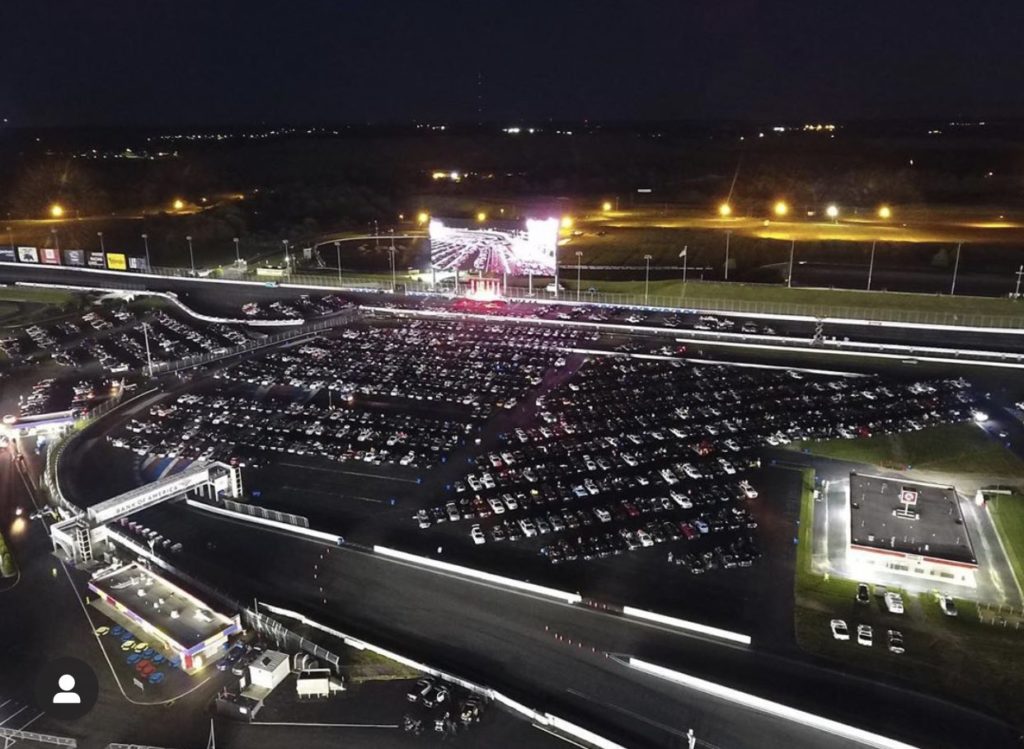
Be sure to check out the Charlotte Observer review of the concert.

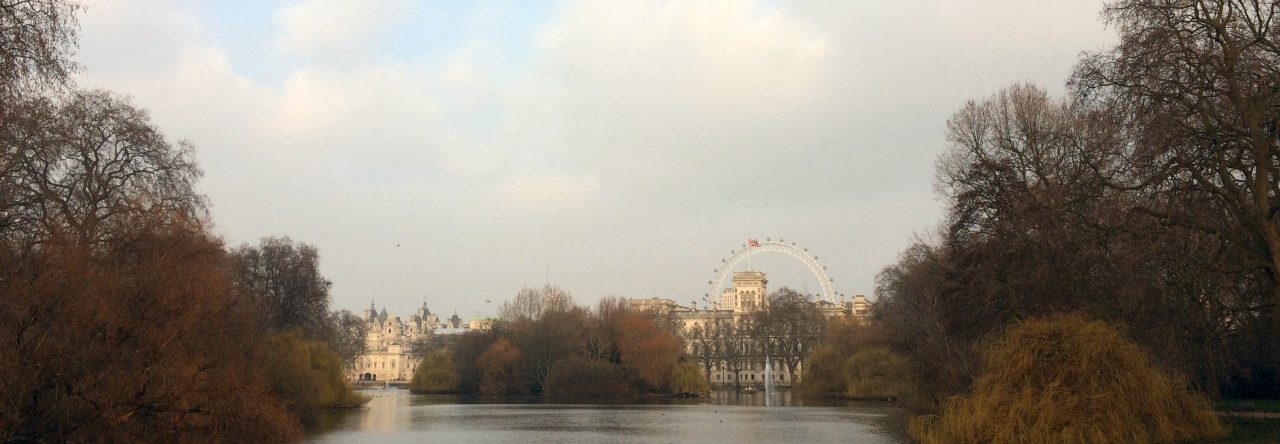




Leave a Reply